 |
|
K 5 (E) Batteries on the Atlantik Wall |
|
|
|
|
|
|
A
extract from Book :Guns on the Atlantic Wall 1942-1945 In the Summer of 1940, three railroad batteries, each with two K5 guns, were transferred to the Channel coast by the Wehrmacht for Operation Sealion. Battery E 712 took up position near Pointe aux Oies, E713 near Hydrequent and E 765 at first in the railroad yards of the harbor depot of Calais; later this battery was transfer to Coquelles. After Operation Sealion had been given up, the three batteries remained on the Channel. To protect the cannons, the Todt Organization built two domed bunkers for Batteries 712 and 713, with room inside for the guns and their Diesel locomotives. For Battery 765, a multistory tunnel layout was built in a quarry near Coquelles. This also contained ammunition stores, housing and administrative offices. The K5 guns were aimed via a built in rail-switching system and turntable. Along with the Navy's long range guns, the 28cm railroad gun dominated the Channel and the south coast of Britain. In addition, they could fire on any shipping traffic at the harbors of Ramsgate, Dover and Folkstone. |
|
|
Item 218 :
Fortress Third Reich German Fortifications and Defense Systems in WWII Illustrations by Robert M.Jurga The Atlantic Wall may be the most famous German World War II era fortification line in Europe, but in fact Germany built many fortified defensive lines throughout the war, from coastal defenses along the English Channel to the celebrated West Wall and the hurriedly built East Wall. There are forts, bunkers, and defensive lines - many half built because of Hitler's vacillating enthusiasm for defense - throughout the territory once occupied by Hitler's forces. by : J.E.Kaufmann ,H.W.kaufmann Includes 88 technical drawings, 17 detailed maps, over 140 photos - many never before published ISBN : 1-0-306-81239-8 Hard cover, 10" x 10", 362 pages. Publisher : Da Capo Press |
|
Beginning of
the Atlantic Wall : (page 190) |
|
|
Atlantikwall Museum (France) |
|
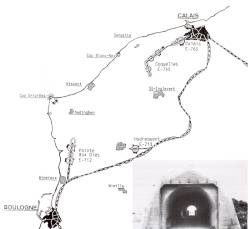 Map of K5 Batteries position |
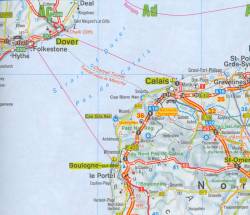 Map of Calais - Present day |
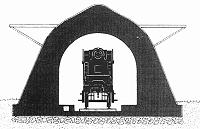 Front view of the domed bunker for the K5 gun |
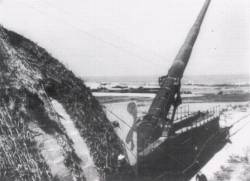 A gun of battery E712 is rolling out of the domed bunker. The loaded gun is immediately turned to its firing position. |
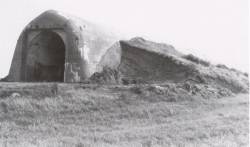 A domed bunker of Battery E712, with soil banked against it. The Arched form of the bunker's roof was meant to deflect striking shells of the side. |
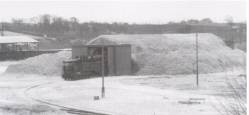 Here a gun of E713 rolls out of its bunker near Hydrequent. The artillery men have found seats on the gun. |
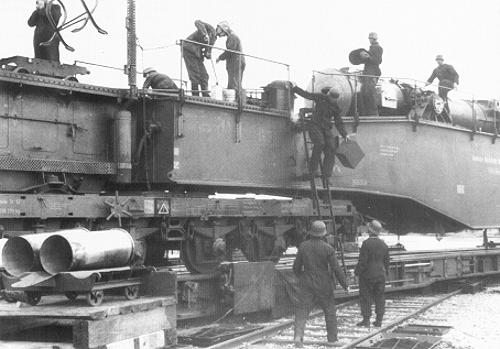 K5 Battery E713 has rolled onto the turntable, which could turn it 360 degrees. The gun is being prepared for firing. Two empty cartridges lie ready at the left side of the picture. |
|
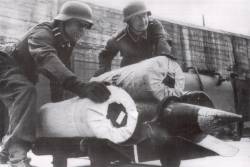 The ammunition gunners push two explosive shells and two main cartridges out of the ammunition bunker to the gun. |
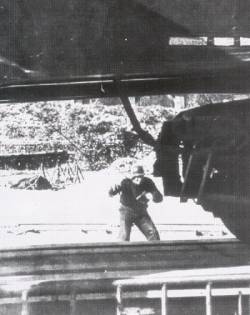 With a long trigger cord, the artilleryman triggers the gun. |
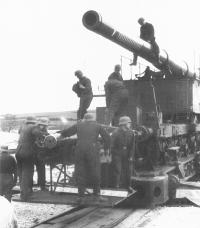 The 28cm Railroad gun K5 Battery E765 on its turntable near Coquelles. The gun's score is marked on the barrel. |
|
|
|
||||||
©
one35th - Last updated on :
Tuesday, May 27, 2008 |
||||||